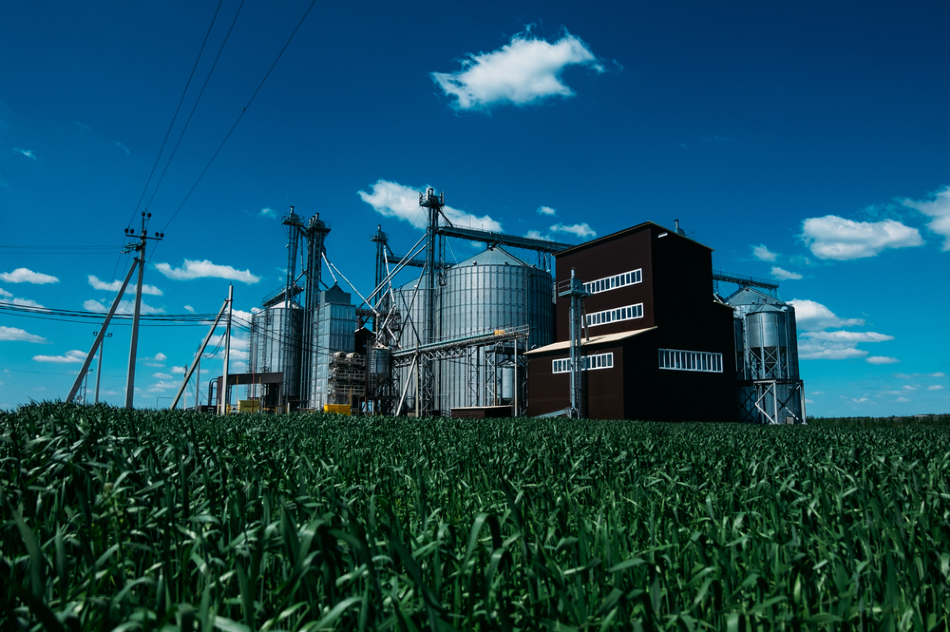Inventory management and controlling its related costs are important aspects when operating multiple production lines. On the other hand, certain devices are available in the market that can make the inventory process more precise and makes the job easier.

Image Credit: Shutterstock/Dobrovizcki
Rotary Level Indicators and Capacitance Sensors
For low or high level point level indication in silos, tanks and bins, rotaries are commonly employed. Capacitance sensors are specifically designed for a broad range of applications and materials and can be utilized in slurry or solid materials such as pellets, granular and powders. The sensors can be utilized for low, mid and high level detection in hoppers, bins, tanks, chutes, silos and similar kinds of vessels where material is generally kept, processed, or released. On the other hand, capacitance probe designs using RF are affected by interference from other RF systems, like two-way radios.
Vibrating Level Sensors
The vibrating rod or vibrating level sensors are piezoelectric devices that feature a rod shaped vibrating element and can be utilized for level detection in hoppers, silos and bins filled with dry solid materials or powders. A probe design in the vibrating rod stops material from bridging and sending out a false signal. A vibrating level sensor can identify very light and fluffy materials such as flakes and powders and can even be utilized for heavy materials such as pellets and granular. The device can be employed as a low, mid or high level alert and can be placed either on the top or bottom cone of a tank.
.jpg)
Figure 1. A vibrating rod features a single probe design that prevents material from bridging and giving a false signal.
Vibrating level sensors are reliable and high performance devices. Since the sensitivity is found at the sensor’s tip, material build up on the wall of the vessel will not affect the function of a vibrating level sensor. Calibration is not needed for the majority of vibrating rods and can be easily modified to the required sensitivity level.
Bob-Style Sensors
.jpg)
Figure 2. The SmartBob sensors are strategically located in a vessel to monitor critical measuring points and using the eBob software are programmed to measure materials at scheduled time intervals or on demand.
Bob-Style Sensors or weight and cable-based sensors are suitable for a wide range of applications in most industries since they are unaffected by temperature, humidity, dust, fumes, or dielectric constant that may be present. This type of sensor is a cost-effective level measurement choice and operates in almost any material, despite particle size or density including heavy materials like aggregates to extremely light materials such as fine powders. The sensor can be employed in bins measuring approximately 180 ft in height. However, it is also utilized in smaller process bins measuring less than 40 ft in height.
Ultrasonic and Radar
Ultrasonic and radar-based technologies are popular measurement tools because they remove contamination or interference with the internal bin structure as they do not come into contact with the test material. In other words, ultrasonic and radar are single-point, continuous measurement devices and are also suitable for liquid applications. They can be employed for checking tanks measuring about 100 ft in height. However, radar and ultrasonic devices may not function reliably in dusty conditions, where their signals tend to become confused and give out false measurements. When choosing a radar or ultrasonic device, users must select one that is easy to calibrate because of the inconsistency of materials that need to be determined.
3D Scanners
A 3D scanner is a bin volume measurement device based on acoustics technology. This non-contact, dust-penetrating system is used to determine bin contents at various points in the bin and utilizes these points to assess the material volume in the bin. The requirement for inventory precision can differ from one operation to the next. A precise measurement for a single point in the tank can be achieved easily; however, it may not provide the desired volume precision. The 3D scanner measures bin volume for solids and powders with more accuracy than other single point measurement devices. It detects build-up and thus reduces maintenance and cleaning procedures.
Conclusion
Continuous level measurement devices can make the inventory process more precise and make the task easier. In order to choose the right device, one must consider the material that is being determined, such as whether the surface of the material is uniform or irregular, the size of the tank, the regulatory environment, the need for ongoing level measurement and the need to know when inventory has reached a definite level in the tank.
.bmp)
This information has been sourced, reviewed and adapted from materials provided by BinMaster.
For more information on this source, please visit BinMaster.